
10 must-visit Kent woodlands
Be sure to check out these 10 woods whilst exploring Kent, each offering something a little different across the county.
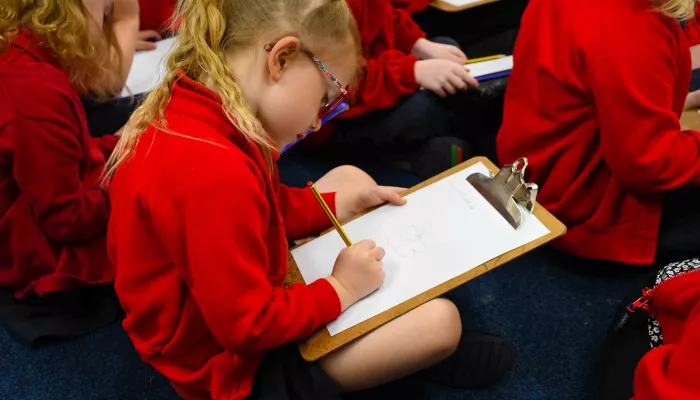
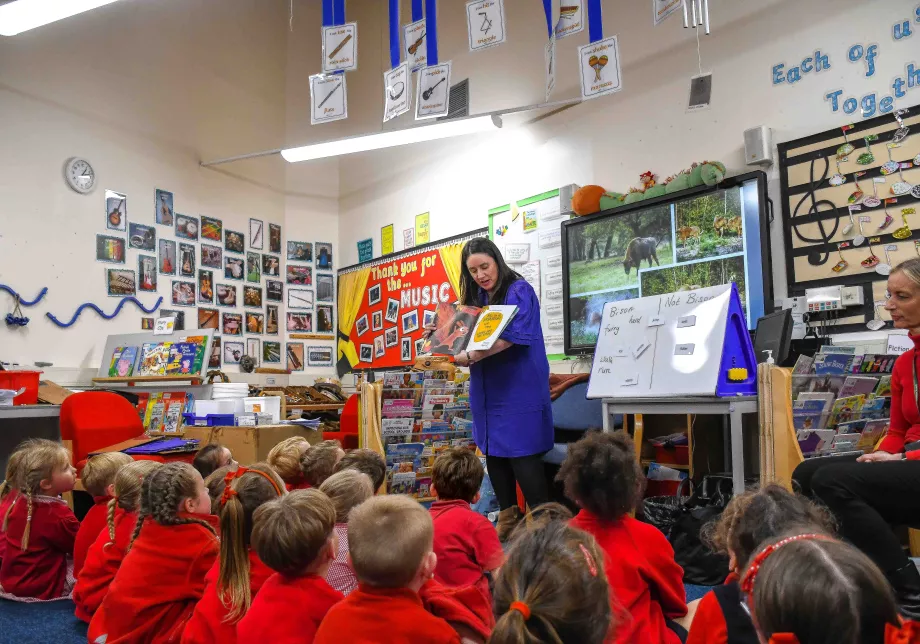
Alice Hemming, the Wilder Blean book author, visit to primary school
The visit began with a school assembly, where I told the children about my work as an author, and shared a story. Emma Chappell, Education officer at the Trust, explained a little bit about the wilding project. I had planned to play a guessing game as to which animal I was writing about, but inadvertently clicked too quickly on the bison slide – oops! I was amazed at the speed at which the children identified the photo. I’m sure other children (and adults) would have guessed at a bull or highland cow, but these children know their bison! When we revealed that they would actually be helping me to write the book, there was a buzz of excitement. I could tell from the smiles that we were going to have a great couple of days.
We ran workshops in the library with all the children; Year One first, who thought about characters in the book. Based on earlier notes from the science team at the Trust, I’d already chosen my supporting cast of characters: a lesser-spotted woodpecker, common lizard, dung beetle and heath fritillary butterfly. We looked at pictures of each creature and talked about its relationship with the bison, from the woodpecker pecking at invertebrates in the dead wood, to the butterfly attracted to cow wheat growing in areas cleared by the bison. Emma’s lively descriptions of the animals went down particularly well.
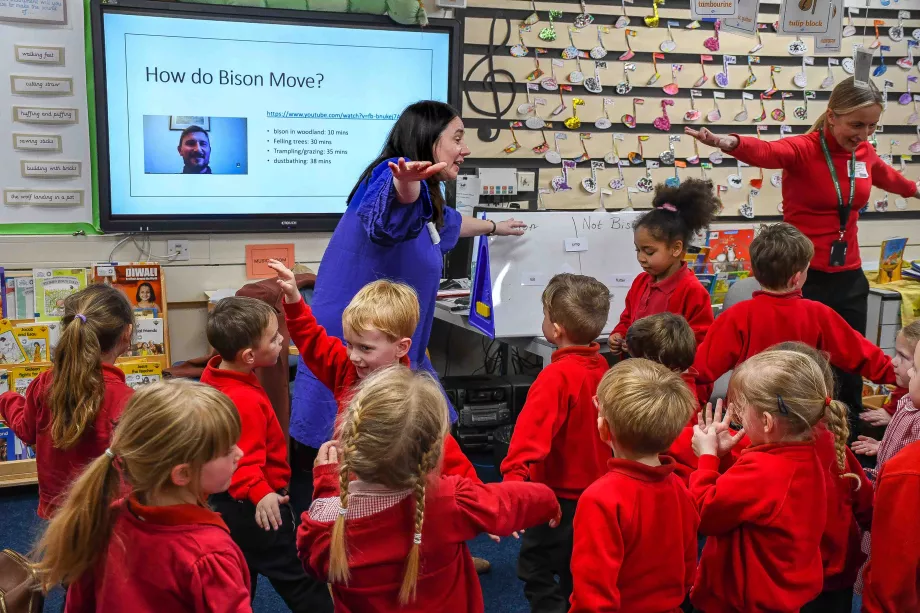
It was then over to the children, who each picked one of the creatures to draw, and label with descriptive words. It was interesting to see variation from class to class. The first group was full of butterflies but no one wanted to draw a dung beetle! Beetles and lizards seemed much more popular with the other groups. There were some beautiful drawings, full of personality, and we will definitely be passing some on to the illustrator when the time comes. Year One also knew their adjectives! We had ‘strong’, ‘focused’ bison and ‘thoughtful’, ‘colourful’ butterflies.
We spent the afternoon with Reception focusing on how bison move. We watched a couple of videos - the dustbathing bison was particularly popular – then picked various verbs from my ‘little bag of words’ to act out. For each action, such as ‘flutter’ or ‘trample’, we decided whether it suited the bison or not. At the end of the three sessions, I had a lovely long list of bison movement words!
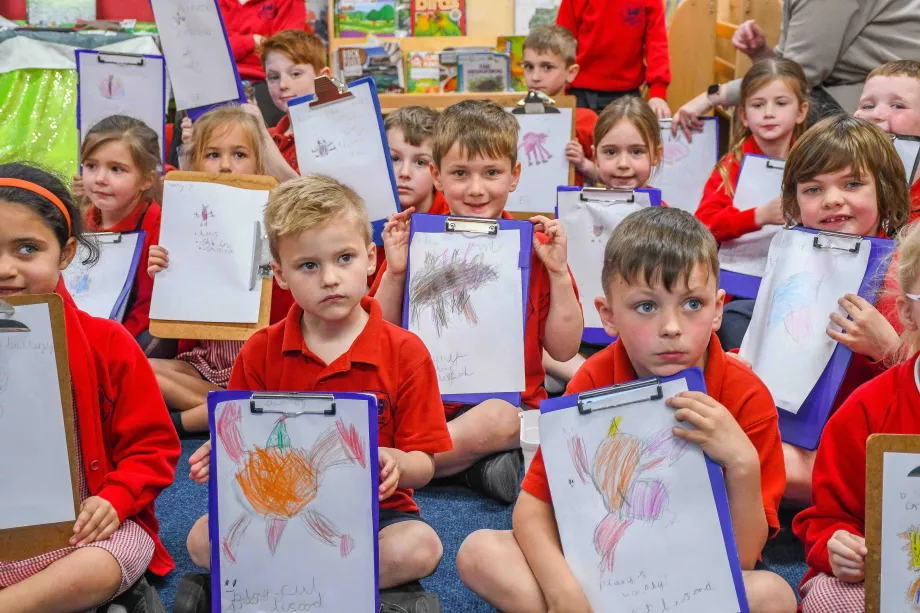
The first school day done, Emma, Tim the photographer and I all headed off to Thornden woods to meet some experts who could give me even more advice. The Blean looked quite different to the way it did on my last visit, just before Christmas. Everything was taller, greener and (predictably) more spring-like!
Don and Tom, the rangers, couldn’t have been more helpful. I was keen to know if, after all the work we’d been doing that day, the characters I’d chosen would work in the story. They reassured me that they were good choices, and I was particularly pleased to discover that my main bison character shares lots of personality traits with one of the females in the herd. As we left, we were given a bag of bison fur to show the children in the morning.
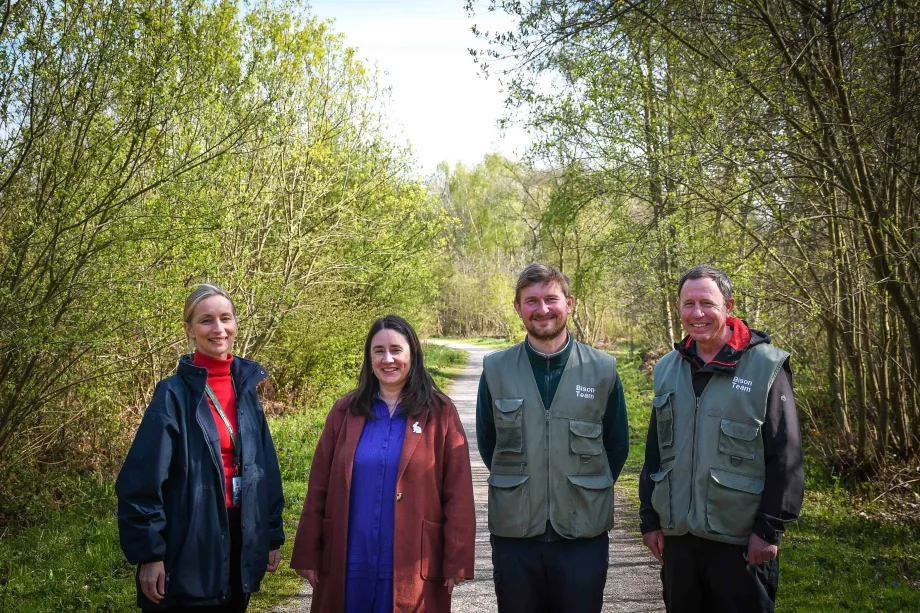
On the second day, due to the national teacher strikes, the classrooms were much emptier than before! Happily, Year 2 were in school, and they got involved with some important editorial work. I shared the first paragraph of the bison story and we discussed how we could improve it, with more powerful verbs and creative adjectives. We even showed them the bison fur and passed around some tree bark to help them come up with some lovely descriptions. I filled my author’s notebook full of words and ideas to take back to the writing shed.
We finished with Nursery class. After more stories and stomping and trampling like a bison, I was worn out! It was a successful visit all round, though. I left buoyed up by all the children’s enthusiasm and excitement.
The most asked questions of the day were, “When do we get to see the finished book?” and “When can we press the buttons on the story trail?” We explained that the process of publishing a book can take longer than expected. But as soon as there are any developments, Herne C of E Infant School will be the first to hear!

Be sure to check out these 10 woods whilst exploring Kent, each offering something a little different across the county.

Since bison were released into West Blean and Thornden Woods on the outskirts of Canterbury, they have not only transformed the landscape but significantly grown in number.
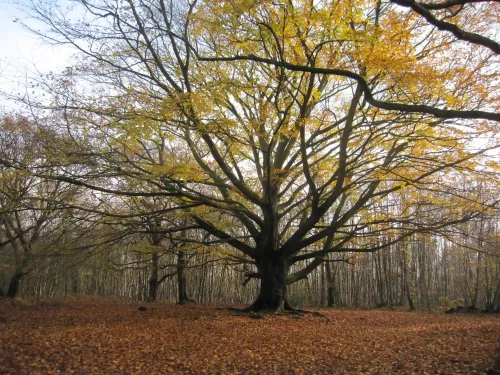
Natasha Ruskin explores something terrifying: a world without woodlands.